7 inventions from ancient times are still widely used to this day
If you think that what was invented since ancient times, thousands of years ago were outdated and outdated, you were wrong. There are inventions and discoveries from ancient times that are still used by modern humans today.
Here are 7 inventions of ancient civilizations like Rome, Greece . still popular in modern times.
1. Chocolate candy
More than 3,000 years ago, cocoa beans were used by the Aztecs, Toltecs and Mayans to make chocolate candies and make drinks to make their bodies healthier. Even for the Mayans, cocoa trees are sacred plants, cocoa beans act like herbs.

Chocolate candy today.
When the Spaniards invaded Central and South America, they brought chocolates to Europe. Since then, the sweet taste of chocolate has spread and spread around the world to this day.
2. Colored eyeshadow
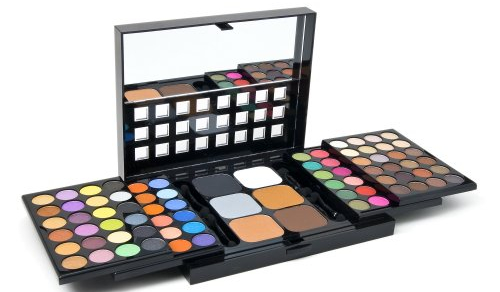 Colored eyeshadow paint today.
Colored eyeshadow paint today.
From 4,000 BC, the ancient Egyptians had bold eyes to attract others, adding authority and exorcism. They used a gray, black or blue metal - galenic minerals, grinded into powder and mixed with the pot to draw on their eyes.
Today, eyeliner, eyeshadow are the indispensable make-up for modern women.
3. Concrete
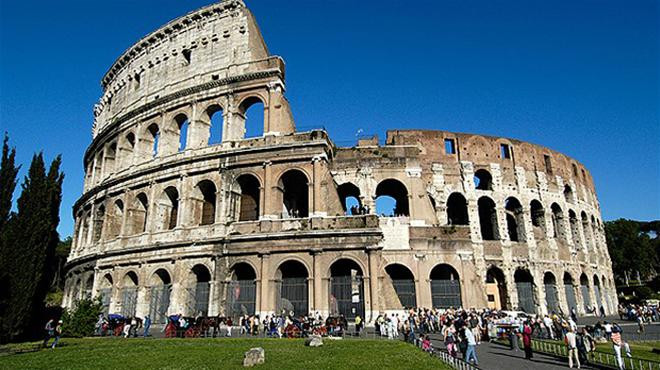 The Colosseum.
The Colosseum.
2,000 years ago, the Romans invented concrete. They mixed limestone with volcanic ash to form gravel, used to make roads, build bridges, houses, even large buildings such as the Pantheon temple, the Roman arena without the need for reinforcement.
Surprisingly, the Roman concrete was also used for construction under the sea. The ancient Caesarea harbor has a breakwater, a warehouse and a lighthouse built in concrete from 15 BC.
Today, modern buildings in the world are still built with concrete.
4. Writing paper
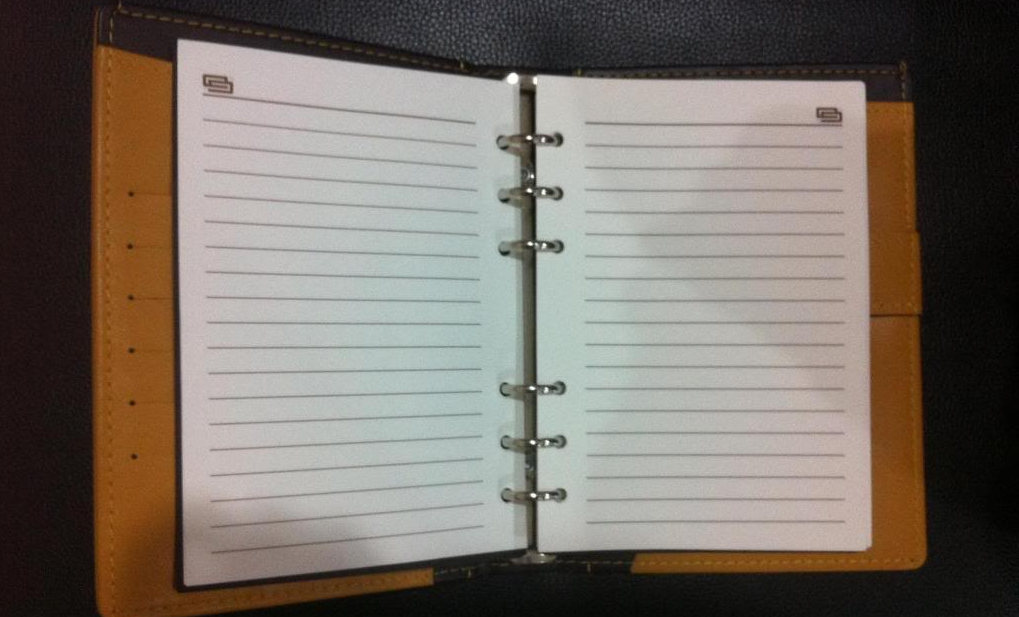 Writing paper today.
Writing paper today.
Chinese people invented writing from 25 to 220 AD. By the 8th century, paper spread to the Muslim world, to Europe in the 11th century.
Ancient Egyptians knew how to make papyrus from beeswax and natural rubber. This type of paper is hard but tough enough to bend, elastic. So far, many scrolls from the Pharaoh era are still clear.
5. Print newspaper
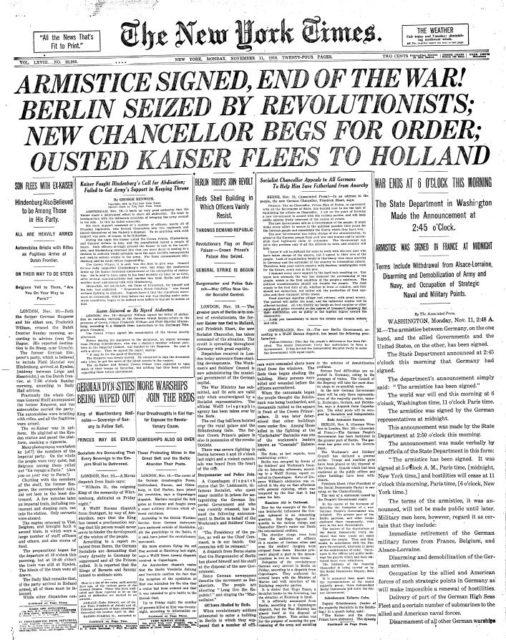 Modern paper printed newspaper page.
Modern paper printed newspaper page.
Thousands of years ago, the Romans invented printed newspapers to convey information in print. In 131 BC, The Acta Diurna - Acted daily, the first newspaper printed in metal or limestone was born. It was placed in a crowded place and brought information about society, politics, military news, fencing results .
In 1566, the paper was first published in Venice, Italy, when the government printed leaflets thrown into the street. And the first printed newspaper in England was The Gazette later renamed The London Gazette, still active today.
Although the development of online newspapers has lost its importance, it is still an indispensable part of everyday life for many people.
6. The Marathon
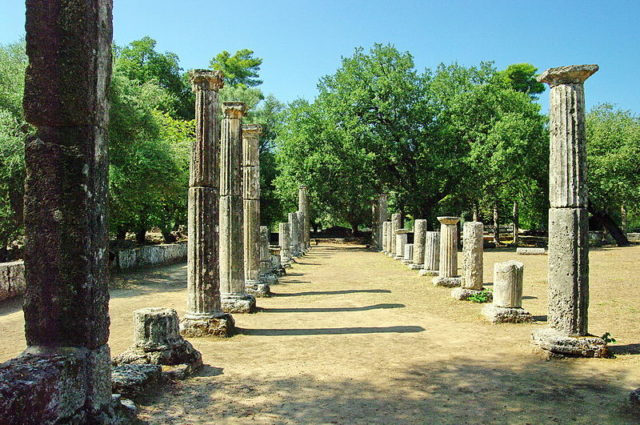 Olympic race in ancient times.
Olympic race in ancient times.
In 490 BC, the messenger named Pheidippides ran a 42km long road from Marathon to the central plaza of Athens to report on the failure of the Persians. When he arrived, he shouted, "We have won! Please cheer up" and fall and leave forever.
To commemorate the victory and remember the merits of Pheidippides, in 1896, the Marathon running for the first time was present in the first Olympic competition held in Athens.
Initially, the distance had to run was 40km, then it was redefined to 42km in 1920 and still maintained to this day.
7. Zero (Zero)
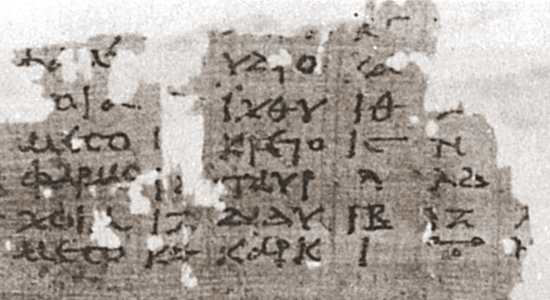 The Greek book from the 2nd century has the symbol 0.
The Greek book from the 2nd century has the symbol 0.
Numbers are an indispensable part of human life. The number is not known completely independently by the Mayans, Babylonians and ancient Indians.
Arab merchants brought zero from India to Europe. And zero is still popular in the world today.
- 11 famous inventions and inventions of Vietnamese people made the world admire
- Round your eyes with unique inventions about products you still use everyday
You should read it
- 4 timeless inventions of the ancient people
- 18 photos show that the technique of the ancients surpassed us
- NASA's top secret inventions have just been revealed
- Women have never been inferior to men, these are 4 great inventions that change the world
- 24 funny inventions are extremely creative in life
- 20 creative inventions are extremely useful in everyday life
- 19 most useless inventions on earth, it is better not to have more
- Thomas Edison's 10 little-known and denied inventions
- Great 'lost' inventions can change the world
- 18 'extremely creative' inventions are available only in Japan
- 40 greatest inventions in human history (part 1)
- 40 greatest inventions in human history (part 2)
May be interested

10 most dangerous prehistoric carnivorous dinosaurs

Lake caused by meteorite fell from 52,000 years ago disturbing the compass

Elon Musk released 8 photos of the first human journey to Mars in the future

The world's blackest material can turn all objects into 'black holes'.

How bad is the Earth after 1 billion years?

This is why beer, wine, bottled orange juice smell fishy






 18 photos show that the technique of the ancients surpassed us
18 photos show that the technique of the ancients surpassed us Great 'lost' inventions can change the world
Great 'lost' inventions can change the world 4 timeless inventions of the ancient people
4 timeless inventions of the ancient people The groundbreaking archaeological findings about ancient Egypt
The groundbreaking archaeological findings about ancient Egypt How to clean the body of ancient Egypt
How to clean the body of ancient Egypt NASA's top secret inventions have just been revealed
NASA's top secret inventions have just been revealed